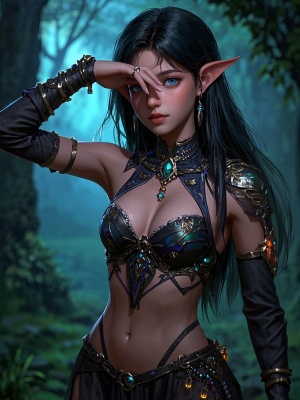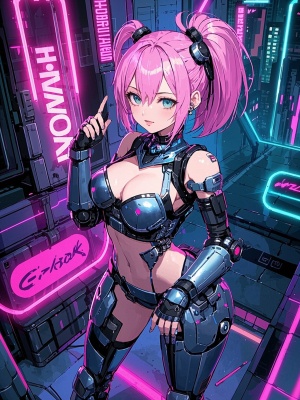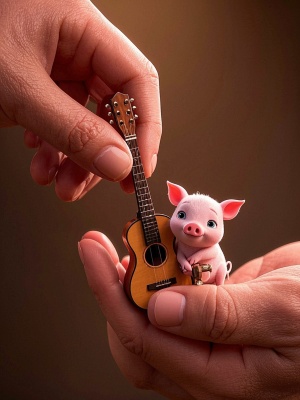Transforming Images into Watercolor Masterpieces: A Complete Guide
Introduction to Image to Watercolor Conversion
The art of converting regular photographs into beautiful watercolor paintings has gained tremendous popularity in recent years. This creative process, known as image to watercolor transformation, allows anyone to turn their cherished memories into artistic masterpieces. Whether you're looking to create unique gifts, enhance your home decor, or simply explore digital artistry, watercolor conversion offers endless possibilities.
Modern AI-powered tools like those available on MediaAI's image transformation platform have made this process accessible to everyone, regardless of artistic skill. These advanced algorithms can analyze your photos and apply authentic watercolor effects that mimic traditional painting techniques.
The Science Behind Watercolor Transformation
How AI Recreates Watercolor Effects
Contemporary image to watercolor technology uses sophisticated neural networks trained on thousands of actual watercolor paintings. These AI models learn to identify and replicate key characteristics of watercolor art:

- Soft, blended edges between color areas
- Subtle paper texture showing through pigments
- Natural-looking brush strokes and pigment flow
- Delicate color bleeding effects
- Light and transparent color layers
Technical Challenges and Solutions
Converting photographs to convincing watercolor presents several technical challenges that modern AI addresses effectively:
| Problem | Solution |
|---|---|
| Maintaining image clarity while adding artistic effects | Multi-stage processing that preserves key details |
| Creating natural-looking brush strokes | Generative adversarial networks (GANs) trained on real paintings |
| Simulating watercolor paper texture | Texture mapping algorithms combined with color blending |
Practical Applications of Watercolor Conversion
The image to watercolor technique has numerous practical applications across different scenarios. Many users find it particularly valuable for creating personalized gifts and home decor items. For example, transforming family portraits into watercolor paintings makes for beautiful family keepsakes that can be printed on various mediums.
Professional photographers often use watercolor effects to offer clients unique artistic versions of their photos. This adds value to their services and provides customers with creative alternatives to standard photographs. Wedding photographers, in particular, find watercolor conversions popular for wedding album enhancements and save-the-date cards.
Step-by-Step Guide to Creating Watercolor Images
- Select a high-quality photo with good lighting and clear details
- Choose an appropriate watercolor style (traditional, modern, abstract)
- Adjust intensity settings to balance realism and artistic effect
- Preview and fine-tune the transformation
- Save and export in the desired format and resolution

For those interested in exploring more AI-powered artistic transformations, check out our comprehensive AI painting guide which covers various styles beyond watercolor.
Conclusion: The Artistic Potential of Digital Watercolor
The image to watercolor transformation represents a perfect marriage of technology and artistry. By leveraging advanced AI algorithms, anyone can now create beautiful watercolor-style images that would traditionally require years of painting experience. Whether for personal enjoyment, professional projects, or unique gifts, this technology opens up new creative possibilities.

As the technology continues to evolve, we can expect even more sophisticated and customizable watercolor effects. The future of digital art creation looks bright, with tools that make artistic expression accessible to everyone. For those ready to begin their watercolor transformation journey, platforms like MediaAI offer user-friendly solutions that deliver professional-quality results.